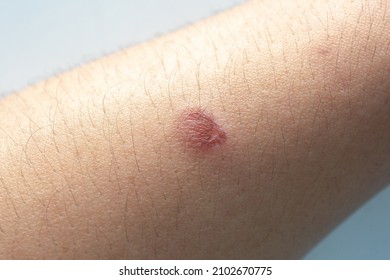

It has a proven track record, and analysis is based on a broad range of data sources. Rethink Energy is known for its aggressive predictions of the decline of the oil industry, the rise of renewables, and the imminent domination of electric vehicles on our roads. This article draws its main points from their recent report, “ Russia’s war wakes sleeping renewables giants of post 2030 power,” with comments from me interspersed in between. That is the conclusion of the researchers at UK’s Rethink Energy.
OIL BURN HOW TO
How to prevent scarring from a second degree burn woundcaresociety.Crash and burn. (2011) /burn/factsheets/Wound-Care-And-Scar-Management (n.d.) /encyclopedia/content.aspx?ContentTypeID=90&ContentID=P01754 Burns: Symptoms /diseases-conditions/burns/basics/symptoms/con-20035028 Burns: Complications /diseases-conditions/burns/basics/complications/con-20035028 Indian Journal of Plastic Surgery, 43(supplement), S63-S71 /pmc/articles/PMC3038392/ (2010, December) /familydoctor/en/prevention-wellness/staying-healthy/first-aid/first-aid-burns.html

(2015, November 16) nhs.uk/Conditions/Burns-and-scalds/Pages/Recovery.aspx (2016, April 6) /Education/Pages/Factsheet_Burns.aspx (n.d.) /healthlibrary/conditions/dermatology/burns_85,P01146/ You can learn more about how we ensure our content is accurate and current by reading our editorial policy. Healthline has strict sourcing guidelines and relies on peer-reviewed studies, academic research institutions, and medical associations. Last medically reviewed on December 9, 2016 You won’t always be able to prevent scarring, but by following your doctor’s directions, you should be able to improve your chances for less or no scarring. The best treatment for a scar is prevention.
OIL BURN SKIN
When scar tissue forms over a burn, it can tighten your skin so much that you can’t move your bones or joints. This can lead to hypothermia, a dangerous drop in body temperature. When it’s damaged from a burn, you can lose heat too quickly. Your skin helps regulate your body temperature. If you lose too much fluid, your blood volume can get so low that you don’t have enough blood to supply your entire body. Dehydrationīurns make your body lose fluid. If bacteria get into your bloodstream, they can cause an infection called sepsis, which is life-threatening. Like any wounds, burns create an opening that can allow bacteria and other germs to sneak in. Deeper and more severe burns can cause scars, as well as the following complications: Infection Minor burns should heal without causing any lasting problems.


 0 kommentar(er)
0 kommentar(er)
